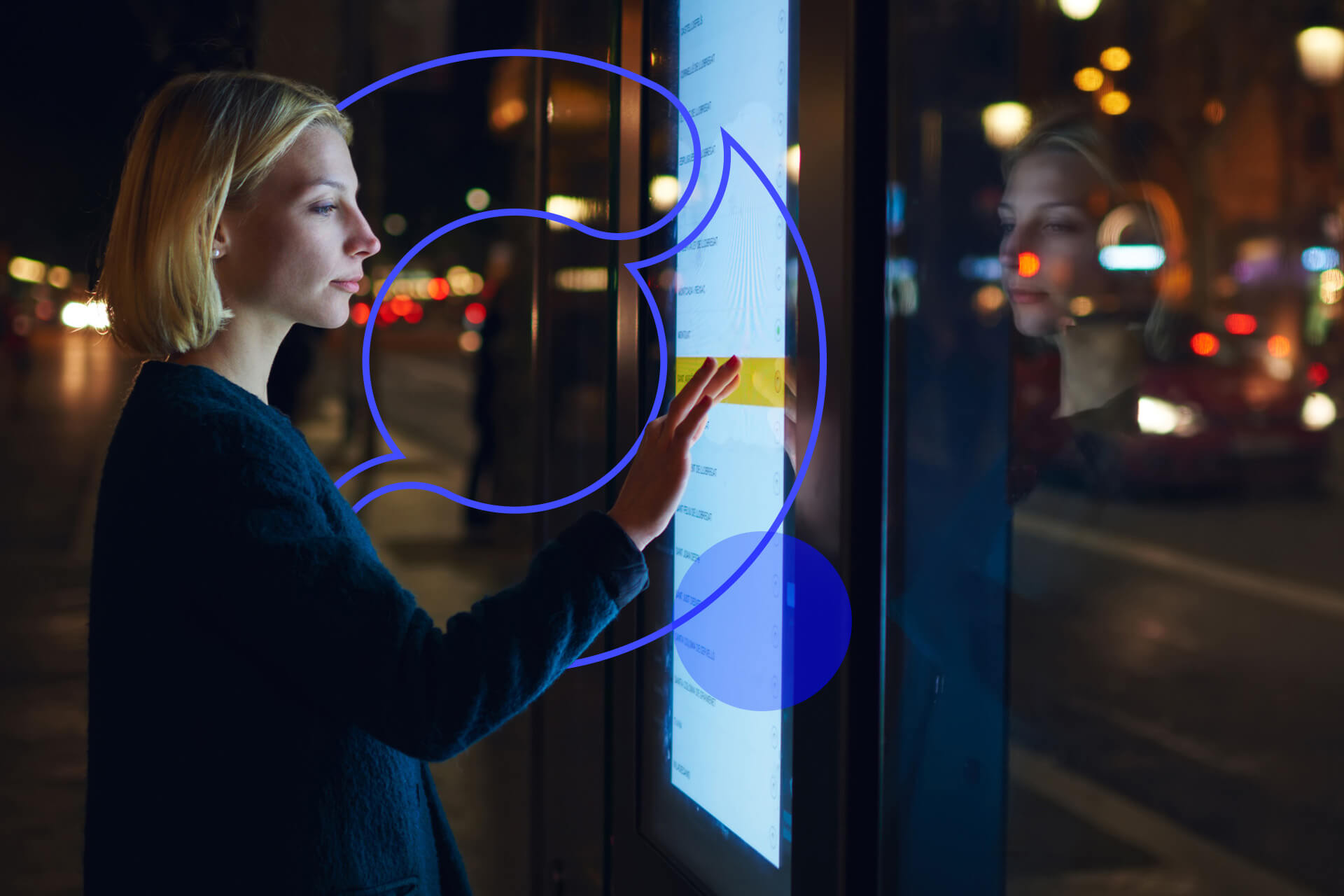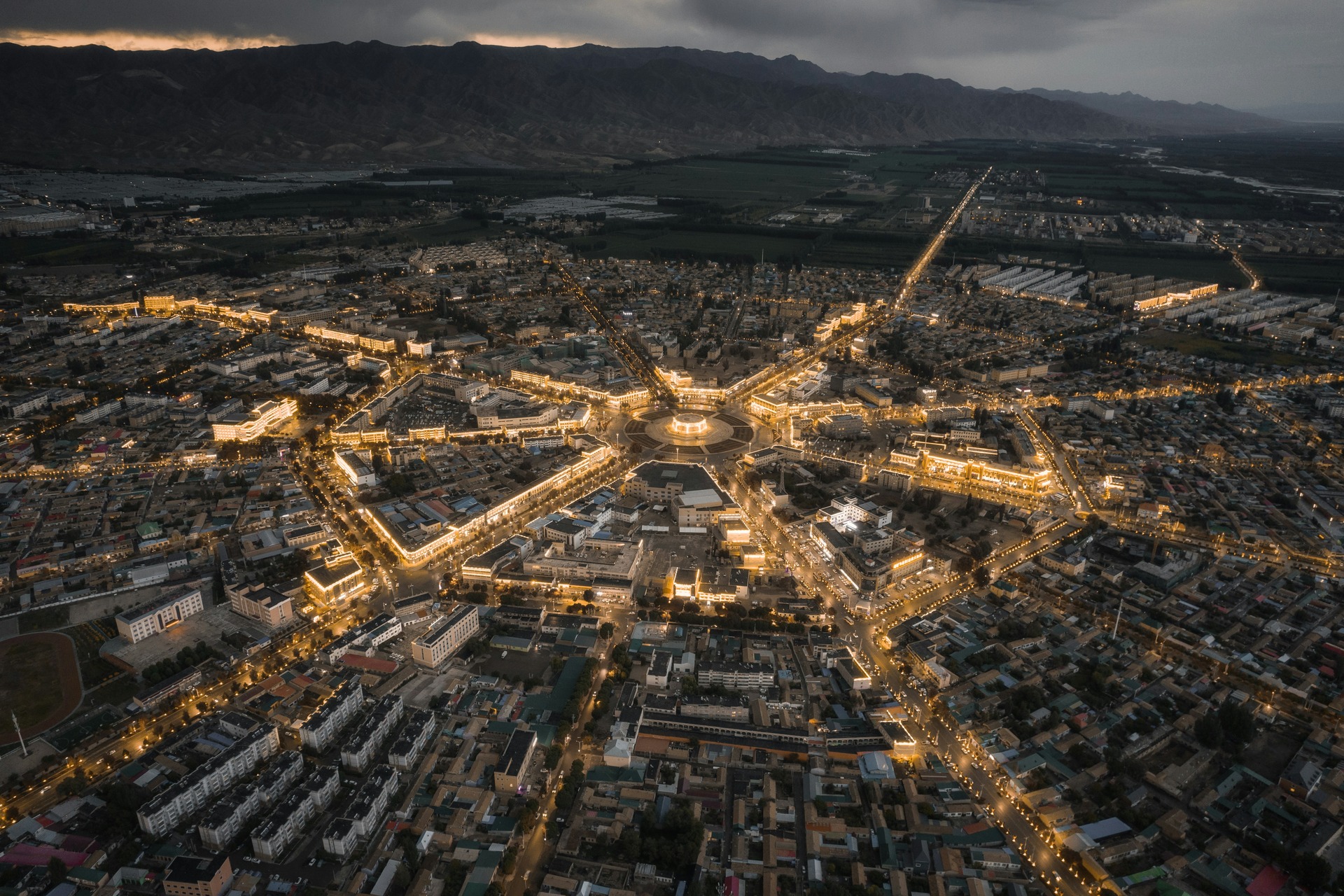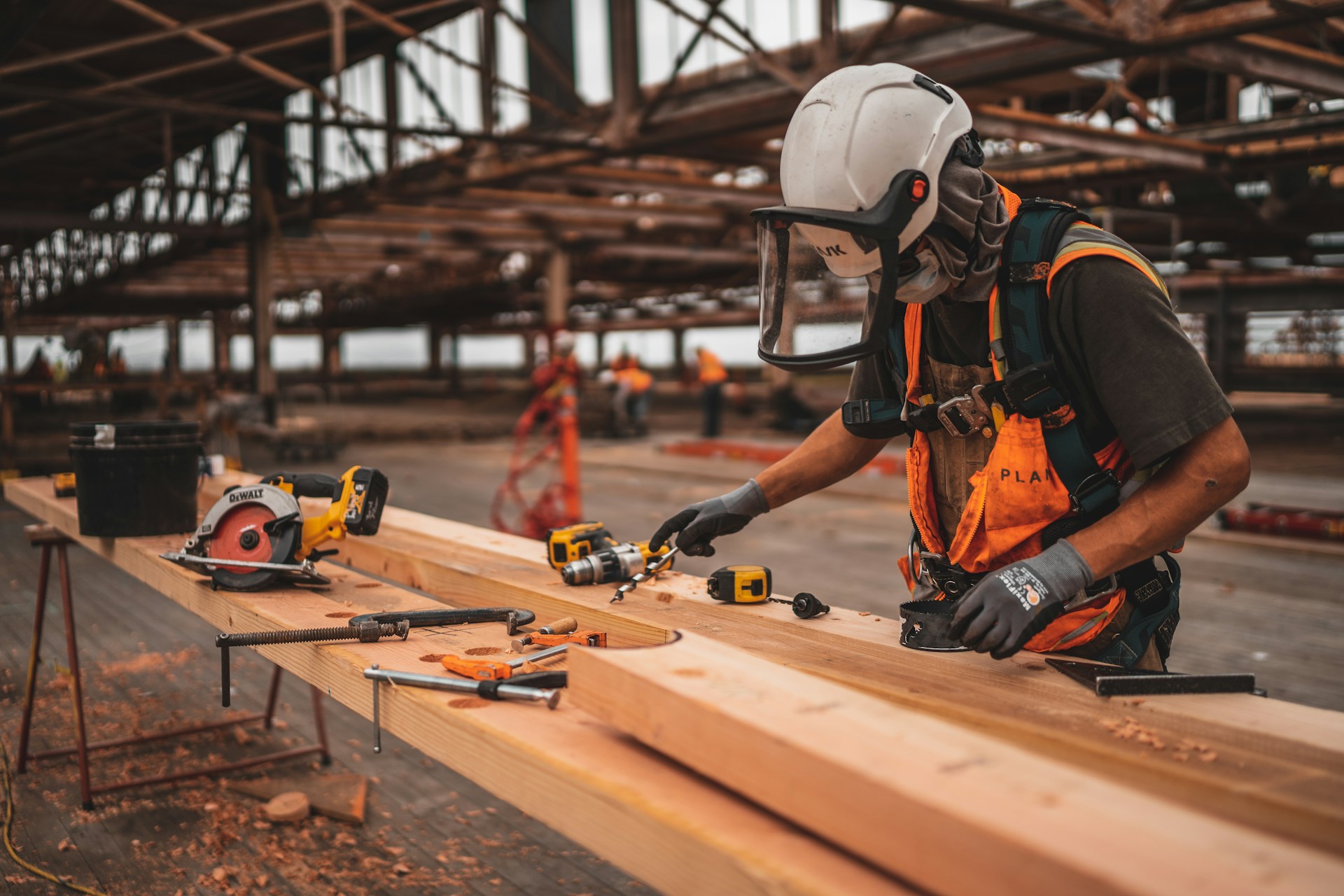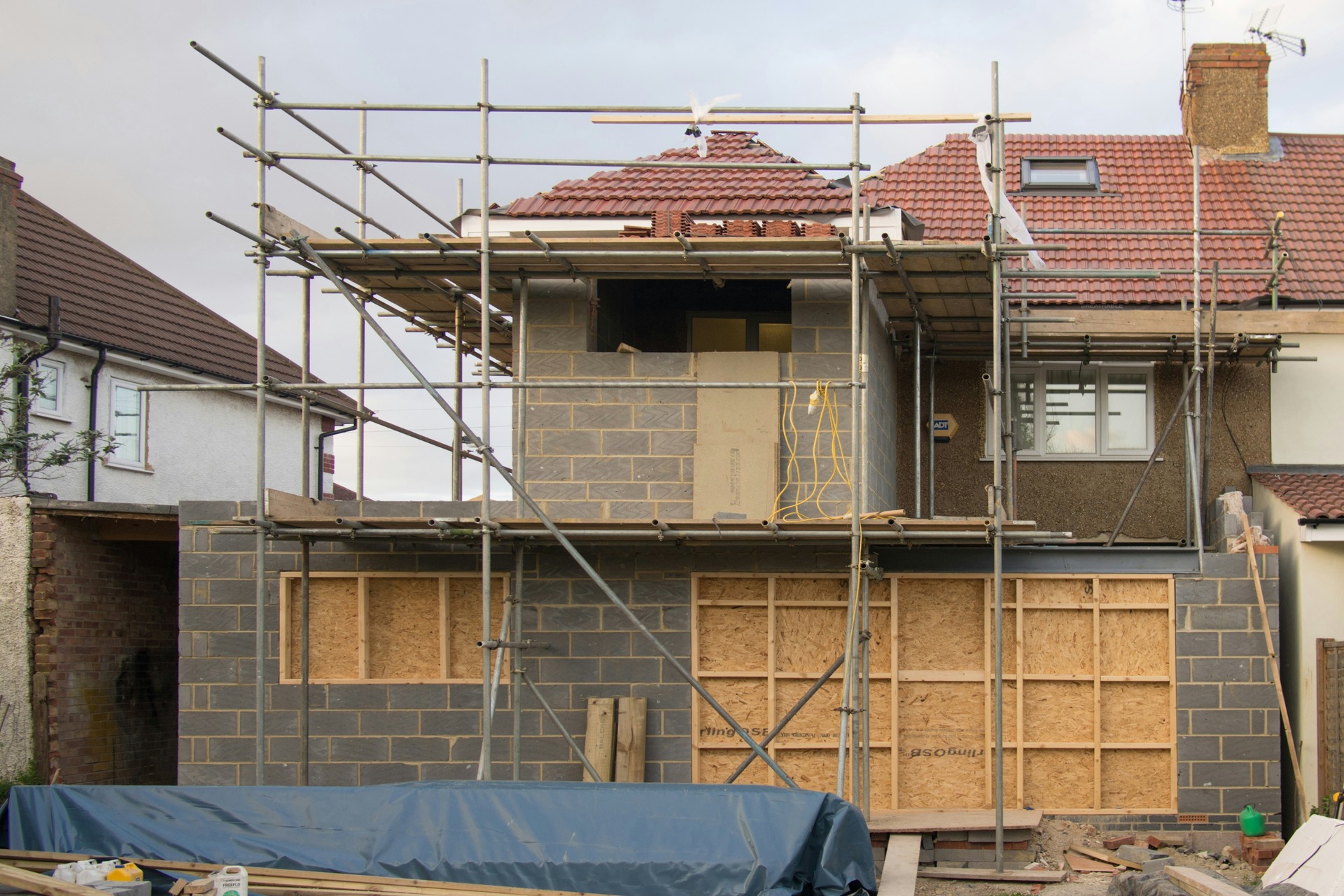
What Is a Smart City and How Does It Work?
January 17, 2020 - Emily Newton
Revolutionized is reader-supported. When you buy through links on our site, we may earn an affiliate commission. Learn more here.
In 2004, only sand lined the waterfront in Incheon — a South Korean city 19 miles southwest of the nation’s capital, Seoul. Today, more than 100,000 people live there in Songdo, a city built to be a city of the future. A system of pneumatic tubes removes trash from buildings. A video-chatting service allows residents to take English classes from home using their flatscreen televisions. Workers built the city with sustainability as its goal. Now, it accounts for more than 40% of all the LEED-certified space in South Korea. They’ve also dedicated nearly as much land to green space as residential high-rises. This city, built from scratch on reclaimed land, is one of the few “smart cities” in the world. It shares this title with municipalities like Dubai, Stockholm and Singapore. But what is a smart city supposed to be? And how does it work?
What Is a Smart City?
Since “smart city” is a new term, most definitions are broad. Many people refer to a smart city as any city built on advanced communication and information technology into the infrastructure. In these cities, local authorities collect vast amounts of data about services like public utilities, transportation, and waste management. They can then use this data to:
- Drive policy and new development
- Let public services “talk” with each other by sharing data so that they can function as efficiently as possible
- Communicate with residents by giving them live updates on traffic, letting them report accidents or announcing any damage to roads
For some cities, smart infrastructure means a strong relationship between local government and the private sector. Corporations involve themselves in both the construction and maintenance of transportation and utility systems. Other smart cities are international centers of business and communication — such as Rejkavik, Tokyo and New York City. Their city governments have simply continued to improve their infrastructure with cutting edge technologies and a more old-fashioned relationship with the private sector.
Smart cities are the cities of the future, but you probably won’t see any flying cars or holograms. Instead, they incorporate the latest infrastructure and communications technology, and they run according to the tremendous amounts of data they collect.
Smart City Technology
A smart city’s innovations are only going to be as good as the data it has. To collect the amounts of minute-to-minute data these cities need, smart cities use massive networks of Internet of Things (IoT) devices. Big data will play an enormous role in these smart cities because this network of IoT devices and sensors will generate massive amounts of information, more than the average human could hope to sort through in their entire life. Machine learning programs will be able to navigate the data generated by these systems, finding patterns and even making predictions about the future and changes that will need to come to those systems.
IoT
IoT devices are the keystone of smart city technology. Without an immense network of IoT sensors and devices collecting data, a smart city won’t have the information it needs to function. Manufacturers can create practically any product as an IoT device. Smart cities could include smart lampposts that report if a bulb burned out or internet-connected cars providing real-time traffic info to city officials. Some cities, like Quebec, are installing smart streetlights that double as Wi-Fi hot spots, surveillance cameras, charging outlets for phones or electric vehicles, and even air quality sensors.
Networked Infrastructure
Networked public transportation could also prove valuable, especially as more people choose to utilize public transport as a way to reduce their carbon footprint. These networked vehicles can track traffic congestion and other data in real time, prevent accidents and may even become fully autonomous as self-driving technology continues to advance.
Interoperability between infrastructure systems will become crucial as well. Not only will these systems be able to monitor one another to report problems as they occur, but they will also be able to complement each other. By collecting the data from power systems, smart transportation systems, and even from those smart streetlamps that we mentioned earlier, a city can determine things like population density and allocate other resources, like waste management or law enforcement, accordingly.
Cities Benefit from Sensors
In Songdo, sensors continually collect data about public utilities. They can record when water flow is at its peak or when people need the most electricity each day. City planners then use this information to optimize the city’s processes. Better data about traffic and water or electricity usage means greater efficiency and better long-term planning.
Another excellent example is the StormSense project. Virginia researchers deployed a network of water-level sensors in East Coast communities prone to coastal flooding. They used this data to create better forecasts and gauge emergency preparedness in those communities. It taught them how seriously people take flood warnings and how quick they respond. Virginia Beach even used StormSense data to create voice-query support for Alexa. Now, users can ask Alexa about local water levels at Virginia Beach and get the latest updates.
Current Challenges
Smart cities present a number of different opportunities, but they are facing several challenges that will make them more difficult to implement. First, there is the problem of connectivity. Smart cities will rely on IoT sensors and devices to function, and these require a powerful and reliable wireless network to send and receive information. Current 4G systems likely won’t be sufficient to support these smart cities, but as wireless providers start to introduce 5G speeds on their wireless networks, smart cities will be easier to implement. 5G will allow these networked devices to send and receive information in real time across vast distances with little to no latency. Once it’s complete, global internet networks like the Starlink satellites may also play a role in the connectivity of smart cities.
As more networked systems begin to take their place in these smart cities, digital security will become paramount. Smart cities and their associated markets are expected to be worth more than $1.7 trillion in the next two decades, and as with any networked system, there is always the risk that it could be breached by outside sources. Smart cities will need a set of comprehensive security protocols designed to prevent hackers from compromising essential infrastructure.
There is also the problem of the kind of funding that will be necessary to support these massive technological undertakings. Existing infrastructure will need to be upgraded to support this new technology, and anything that isn’t compatible with the Internet of Things will need to be replaced. This will take quite a bit of funding. These investments could come from private sources, from city funds or some combination of the two.
Smart Also Means Green
A focus on the environment is one of IESE’s nine essential dimensions of any smart city.
When city officials talk about smart city technology, most emphasize how to make a greener and more efficient city. They will need tremendous amounts of environmental data to do so. Better traffic management, optimized lighting and pollution monitoring are all possible green benefits of the data that a network of IoT sensors can provide.
Contractors build planned smart cities, like Songdo or Dubai’s Masdar City, in an eco-friendly manner from the ground-up. They use renewable energy sources like solar and wind to reduce their carbon footprint — or eliminate it entirely, in the case of Masdar City.
Older cities, like Vienna and Paris, have ambitious goals for reducing their energy use. These cities usually focus on reducing their carbon footprint. They minimize it by making infrastructure more environmentally friendly or by increasing the city’s dependence on renewable power sources.
The Future of Smart Cities
The path forward for smart cities isn’t totally clear. IoT networks can be more vulnerable than traditional networks to cybercrime. Systems that rely on data can fail when sensors break or lose connectivity. And, like any meticulously planned community, planned smart cities don’t grow organically and run the risk of feeling inauthentic or indistinct. Many residents describe Songdo, while impressive in construction and infrastructure, as a lonely place to live.
Further, if a smart city’s construction is interrupted, it may remain half-built for years. For instance, Masdar City remains only 5% completed after the global financial crisis put the city’s construction on pause. These planned cities run the risk of becoming examples of failure. Will they become monuments to over-ambition and shifting priorities about our needs or become models for a brighter future? Only time will tell.
However, the need to build more sustainable, smarter cities is soaring. Global trends show more and more people are moving to urban areas. The U.N. projects more than 68% of the world’s population will live in cities by 2050. Smart city spending reached $80 billion dollars in 2016 and is projected to hit $135 billion by 2021. Smart cities across the globe have integrated technology into their infrastructure to increase residents’ standard of living.
The city of the future will have to be smart — designed for economic and social sustainability in a world that communicates more than ever.
This article originally published on 9/24/2019 and was updated with new information on 1/20/2020.
Revolutionized is reader-supported. When you buy through links on our site, we may earn an affiliate commission. Learn more here.
Author
Emily Newton
Emily Newton is a technology and industrial journalist and the Editor in Chief of Revolutionized. She manages the sites publishing schedule, SEO optimization and content strategy. Emily enjoys writing and researching articles about how technology is changing every industry. When she isn't working, Emily enjoys playing video games or curling up with a good book.






